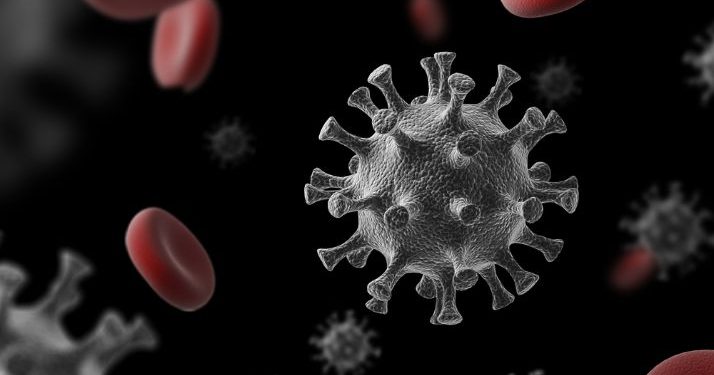Cancer stem cells are present in certain tissues. The skin and gut, for example, experience frequent cell turnover. But cancer stem cells are inefficient at replacing damaged cells. If all cells could divide at will, they would all be cancer cells. So, what causes these cells to turn cancerous? Let’s look at some possible answers to this question. Then, consider some of the ways they might work against cancer. Here are some examples.
Mutations in cancer stem cells lead to changes that affect their niche and self-renewal abilities. During this transition to malignancy, cancer stem cells can increase their number and expand their territory. These changes may be triggered by subsequent oncogenic events. Molecular and cellular studies suggest that cancer stem cells have a reactivation process that allows them to spread their territory and multiply. It’s a fascinating process, but it’s not yet clear exactly how cancer stem cells actually get to malignancy.
One approach is differentiation therapy. The method has already been used for a variety of conditions, including acute myelogenous leukemia. Vitamin A causes cancer cells to differentiate into healthy blood cells, preventing them from proliferating. The research group screened over 1700 chemicals and found eight that caused AML cells to differentiate. These studies highlight how screening a chemical library can identify molecules with selective killing capabilities. And by studying a variety of compounds, researchers may even be able to find cancer stem cells.
The cancer stem cell model suggests that cancer stem cells play a major role in the initiation, progression, and recurrence of cancer. These cells are the source of different types of tumor cells and are responsible for determining tumor heterogeneity. Tumor metastases are also thought to be a product of cancer stem cells. It’s important to note that cancer stem cells are more resistant to radiation and chemotherapy than normal cancer cells.
While the process is generally supported by research, the concept of self-renewal has yet to be proven in a human body. Scientists began to recognize that cancer stem cells would have a different ability to reproduce when they were cultured in vitro. One study in particular focused on cancer stem cells in the bone marrow. Using a cell-surface protein called G-6-PD, researchers were able to show that the same cell population gave rise to tumorigenic cells.
The ability to identify cancer stem cells will open the door to research into the mechanisms involved in the development of cancer. Researchers will be able to identify key molecules and pathways that control cancer stem cells, and then target them for effective treatment. These scientists say cancer stem cells are the cause of many human diseases. For example, they say that stem cells can help cure breast cancer. The hope of such a discovery is not far-fetched. But for now, it is crucial to note that cancer stem cells are a major source of concern.
While the study in melanoma was conducted on a murine model, further research is needed to test the effects of this treatment in humans. Further, ABCB5 therapy may have implications for other types of cancers. This therapy could potentially lead to cancer stem cells in other parts of the body, including lung and colon. Therefore, it is important to know whether or not ABCB5 is effective in treating cancer. In fact, it has been used in human patients.









